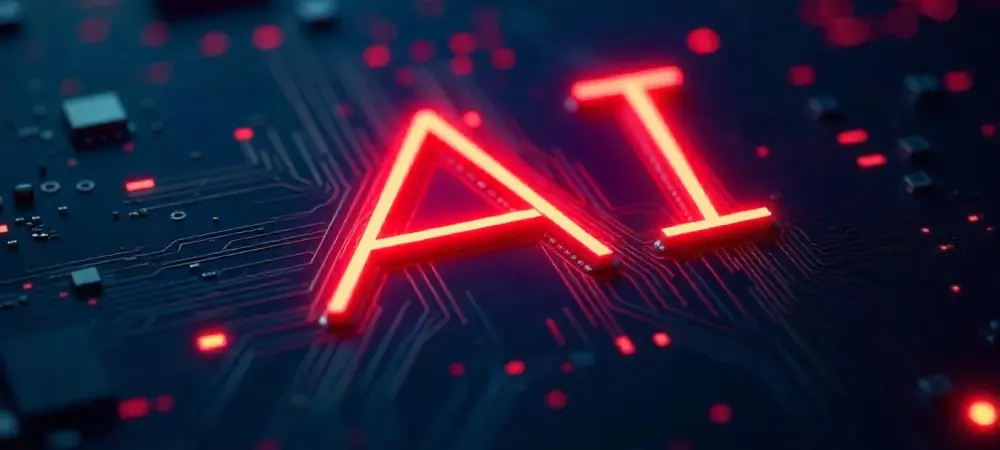There’s an unprecedented twist in the wearable tech saga, with smartwatch sales unexpectedly dipping by 4.5% in 2024 despite forecasts of booming growth in wearables. This curious contradiction begs the question: how might artificial intelligence (AI) and quantum technology redefine these devices in ways that could reverse this trend and significantly impact day-to-day lives?
The Power of AI and Quantum Tech
Integrating AI and quantum computing into wearable devices holds the key to overcoming prevailing technological challenges. As consumer expectations shift towards devices that offer more than just basic functionality, emerging technologies promise to meet these demands. Wearables are being tailored to cater to user desires for proactive health management, suggesting a future where these smart devices aren’t just gadgets but essential lifestyle tools, embedded deeply into health, wellness, and beyond.
Innovations Transforming Wearables
Today’s wearables are caught in what has been termed the ‘AI Accuracy Trap,’ where AI systems excel at simple tasks such as activity tracking but falter in detecting more nuanced phenomena like stress levels due to data inconsistency. However, as technology advances, wearables are moving beyond simple tracking to offer predictive insights. This shift enables devices to provide more complex data interpretation, aiding users’ health by making informed suggestions based on environmental factors and personal metrics.
Quantum computing introduces what can only be called a miniaturization revolution, allowing complex functions such as brain activity monitoring, traditionally confined to large equipment, to be incorporated into wearables. Quantum sensors, capable of detecting minute magnetic fields, have started to enable real-time, non-invasive health monitoring. While healthcare is a primary beneficiary, applications are also seen in navigation and security, where quantum capabilities provide unparalleled precision and enhance device functionality.
Expert Perspectives and Industry Challenges
Industry experts have highlighted both the potential and challenges inherent in the adoption of AI and quantum tech in wearables. One of the most significant hurdles is the ‘battery-AI death spiral,’ where demands for processing power clash with battery life requirements in wearable design. Experts suggest that smart glasses exemplify this conflict, where extended wearability must be balanced with tech demands. To address power constraints, solutions like energy harvesting from ambient environments are being developed, promising longer-lasting wearables and maintaining device functionality.
Practical Strategies and Applications
To counterbalance the high demands of both AI and quantum computing in wearables, innovative strategies like efficient computing techniques and energy harvesting methods are being implemented. Wearable tech is progressively adopting ‘invisible computing’—blending seamlessly into fashionable apparel and accessories. This trend not only meets aesthetic preferences but also enhances functionality, with tech applications that automate daily processes, from financial transactions to personal identification verification, all conducted unobtrusively.
The narrative of wearable technology is evolving rapidly, with a shift from focusing solely on market size to embracing intelligent interconnectivity. Wearable devices are now expected to collaborate, pooling collected data for enriched health insights. This transformation underscores a trend where more sophisticated synergy within the tech ecosystem overshadows traditional metrics of growth, signaling a future where smart devices serve as cohesive, intelligent health companions.
Towards a Seamless Tech Future
As AI and quantum computing technology continue to redefine the landscape of wearable devices, their potential is unparalleled in enhancing health and wellness, achieving a seamless fusion into our everyday lives. The future of wearables lies in their ability to integrate unobtrusively into accessories and clothing, offering users powerful tools without distraction or interference. This invisible computing trend garners momentum, urging manufacturers and consumers to reimagine the role of wearable tech based on personal convenience and broader societal impact. The lessons learned from this revolution point to a new era where AI and quantum tech conversions are prioritized over conventional size metrics, transforming wearables into indispensable life companions.

